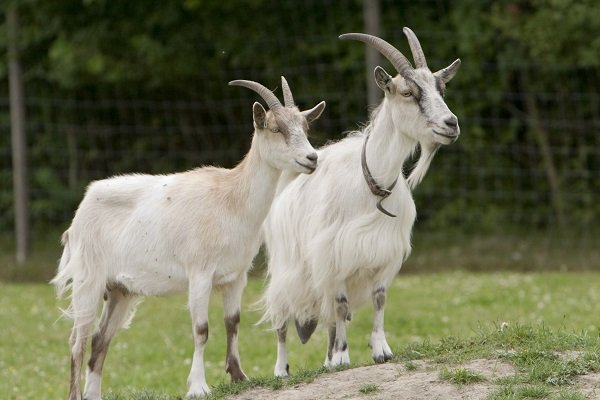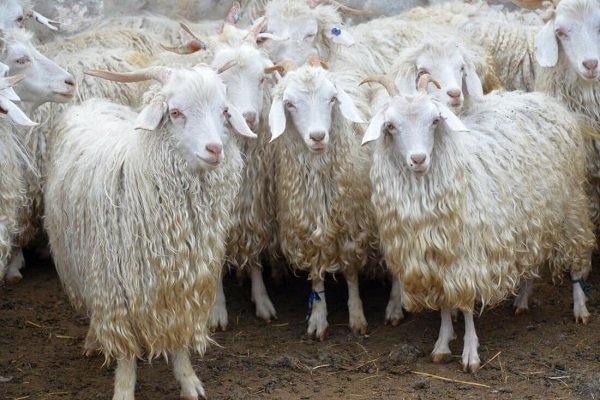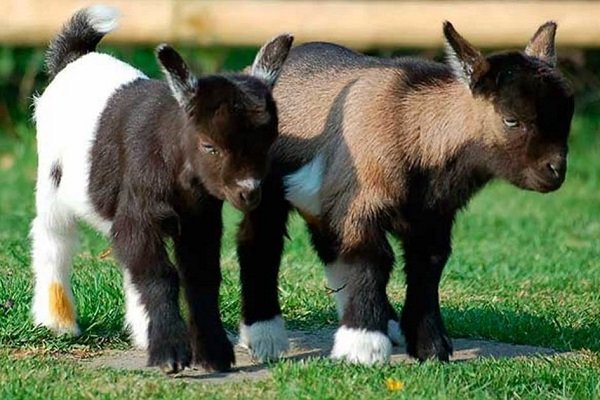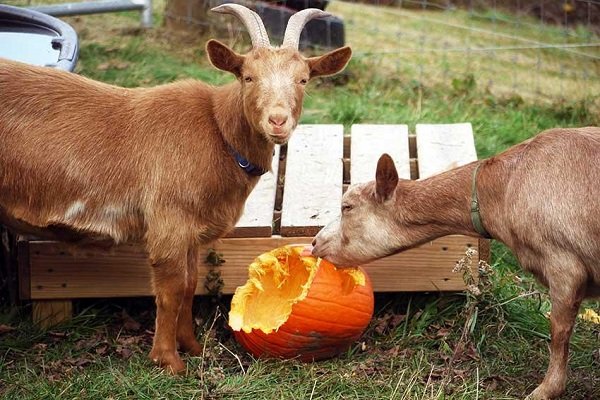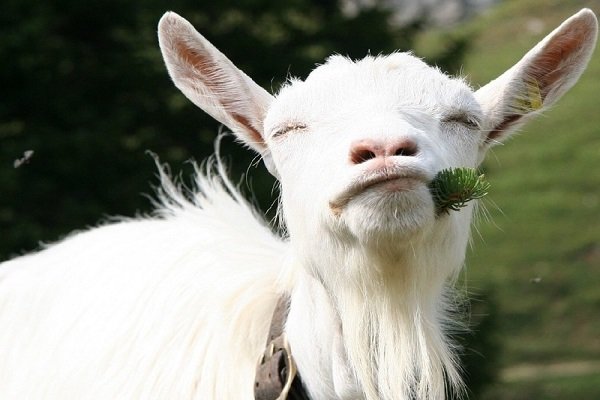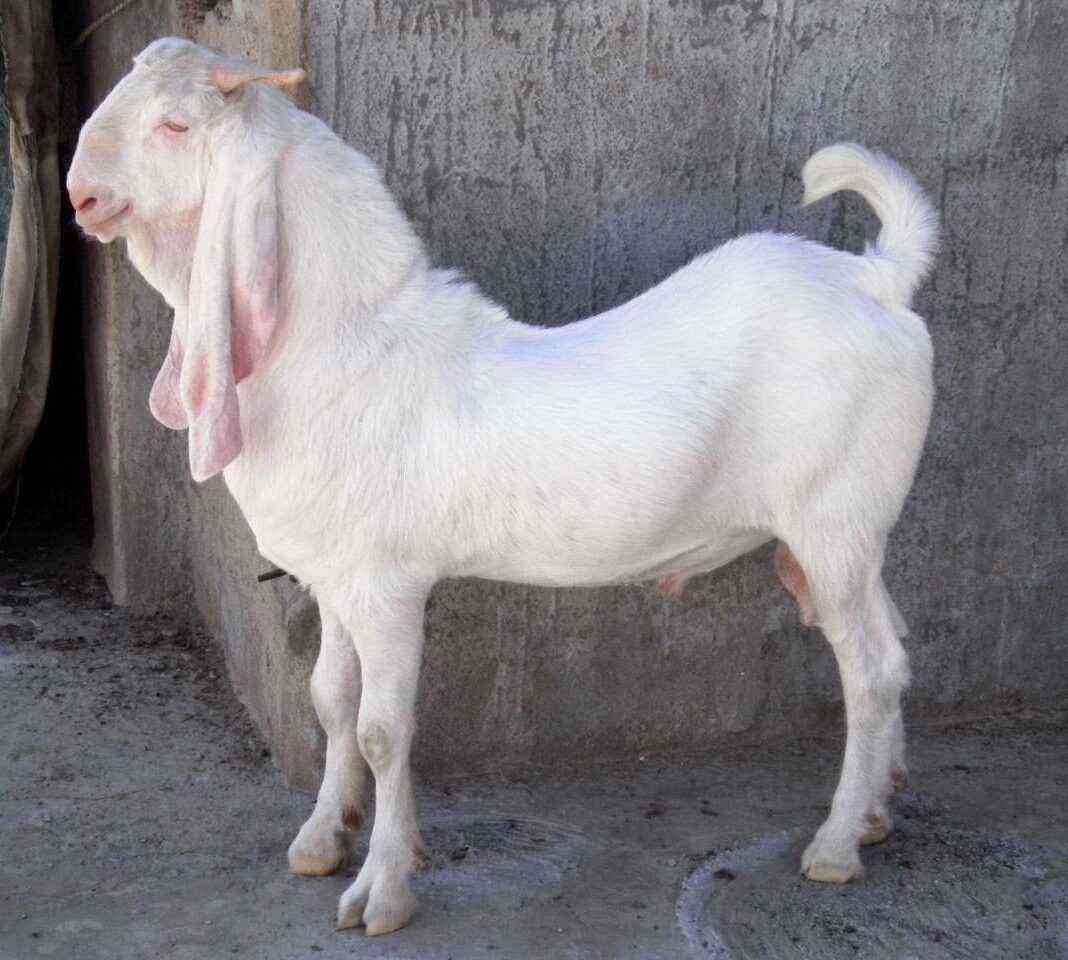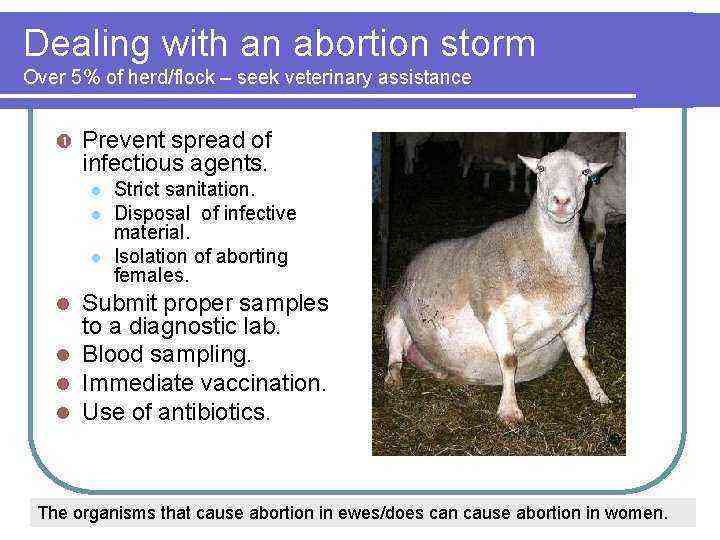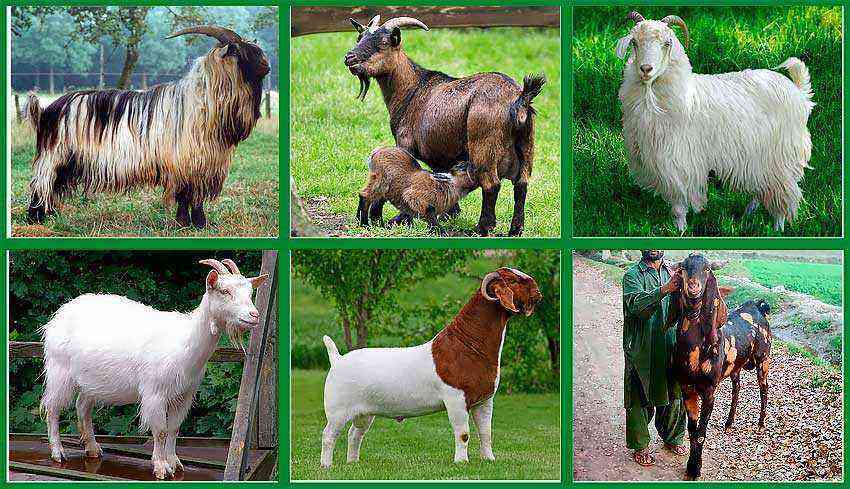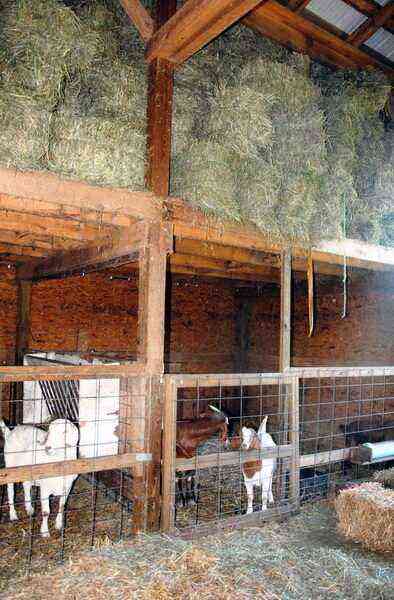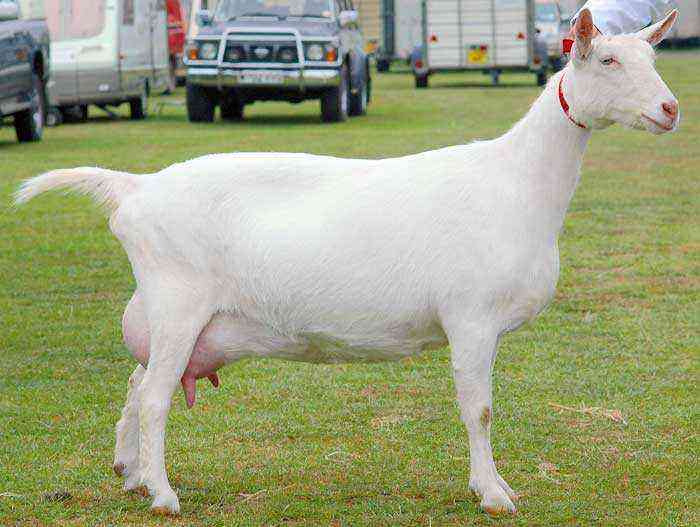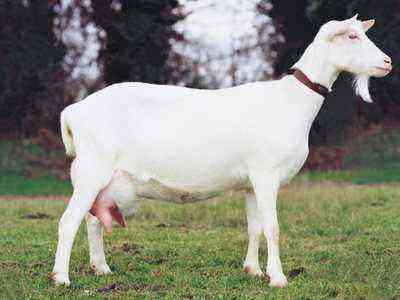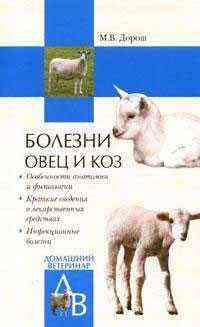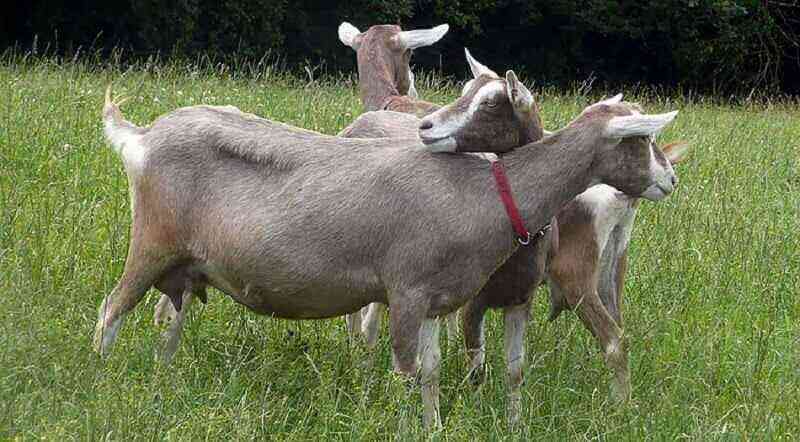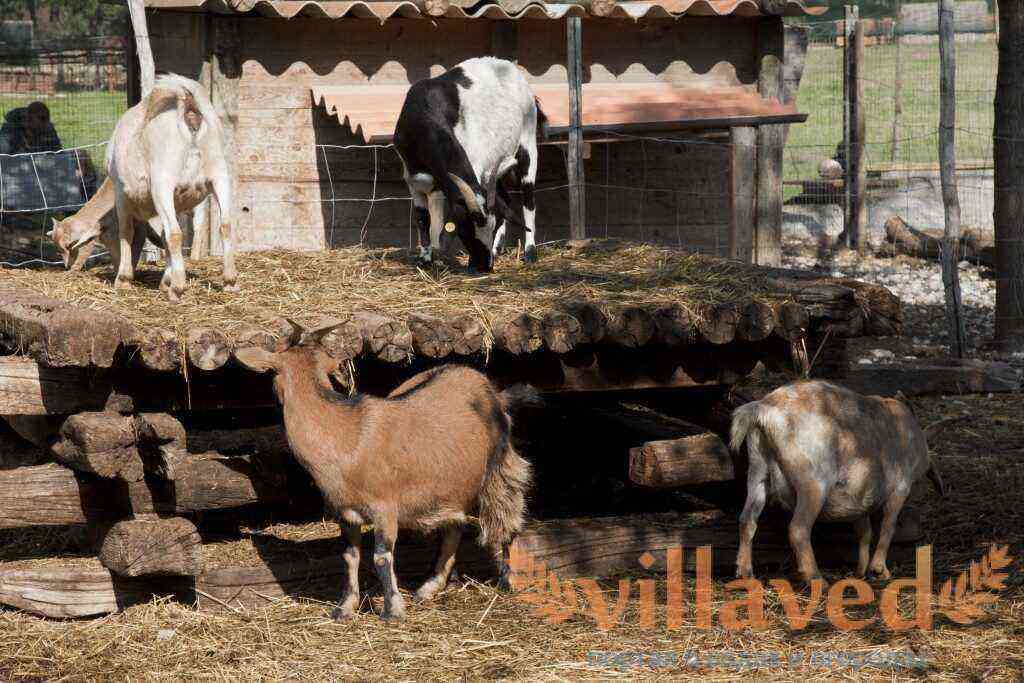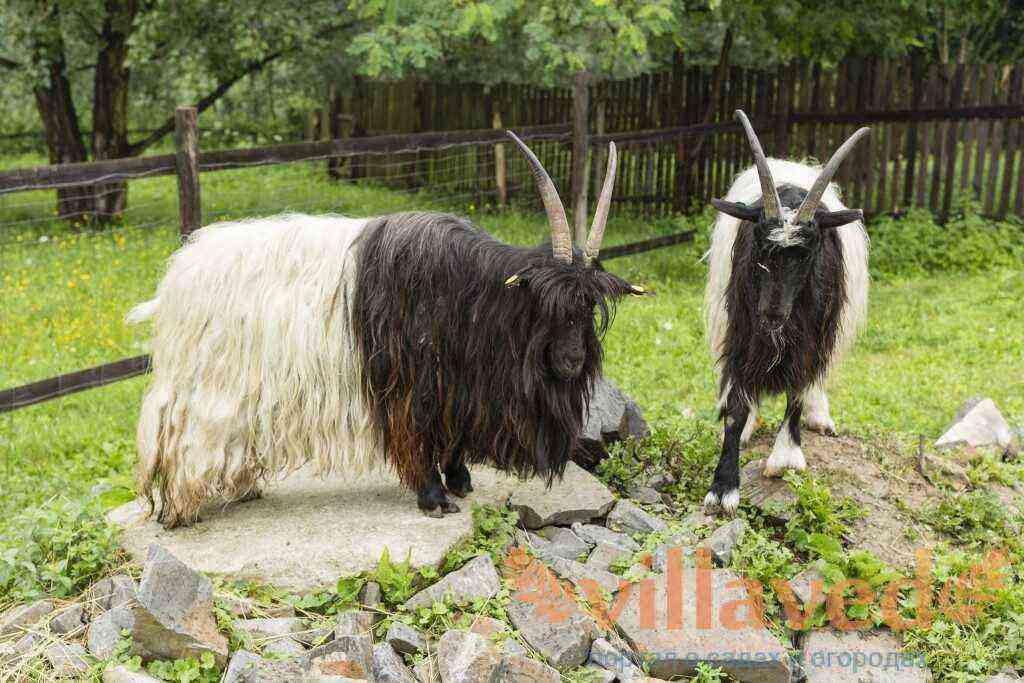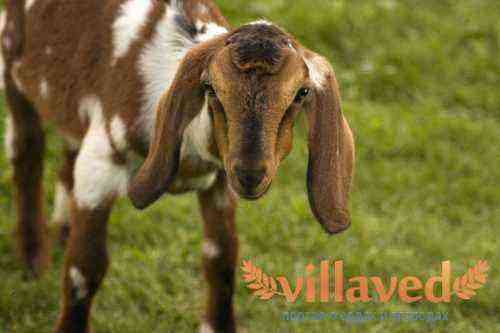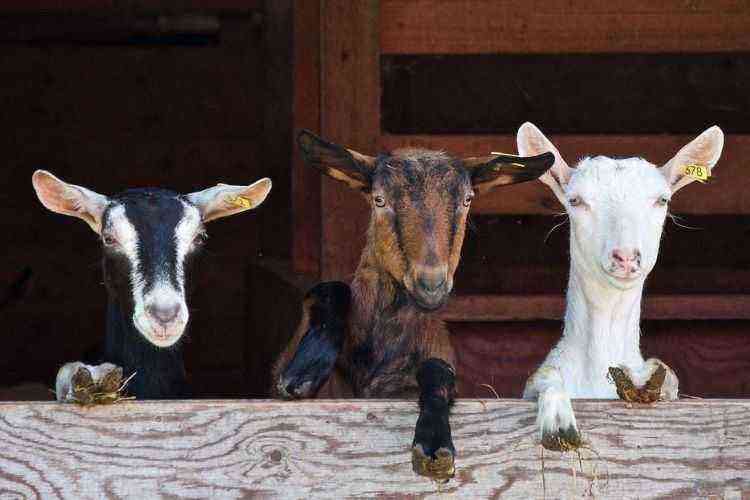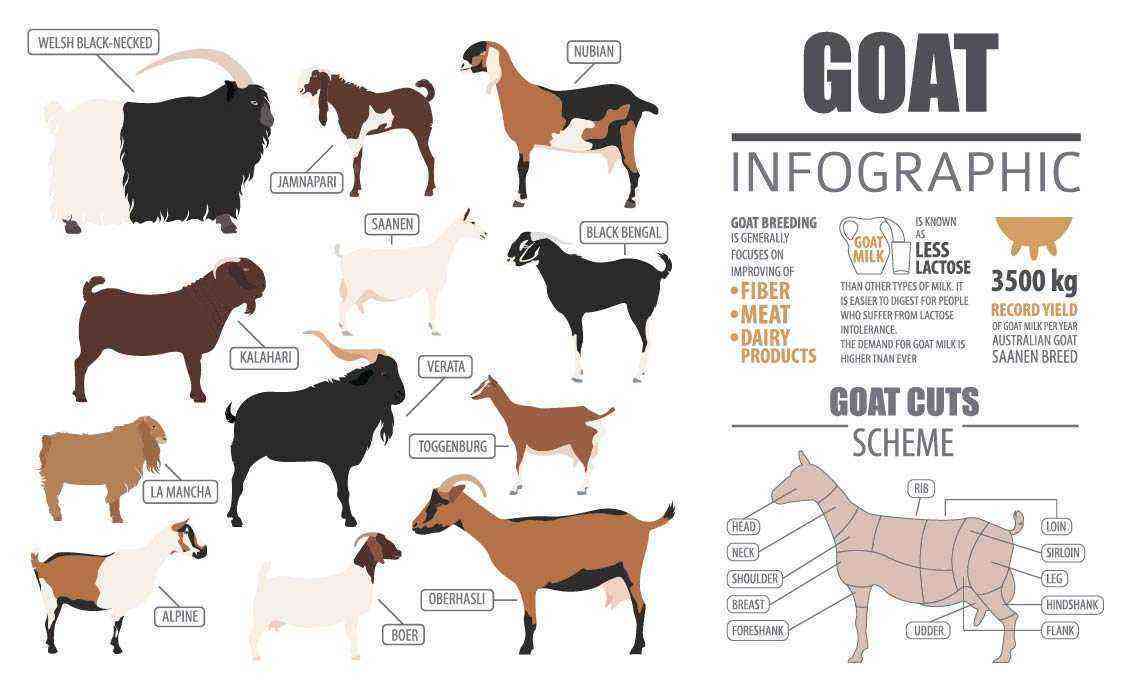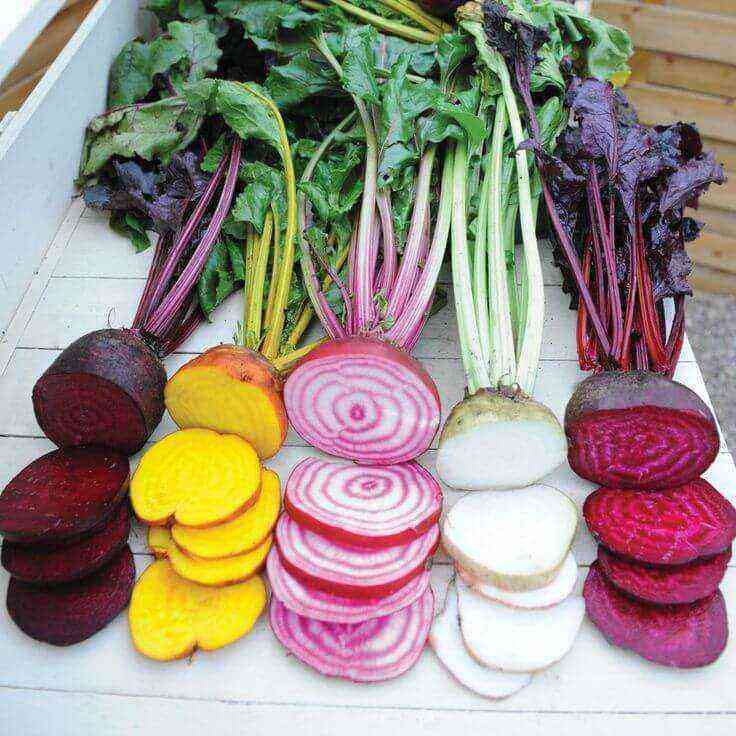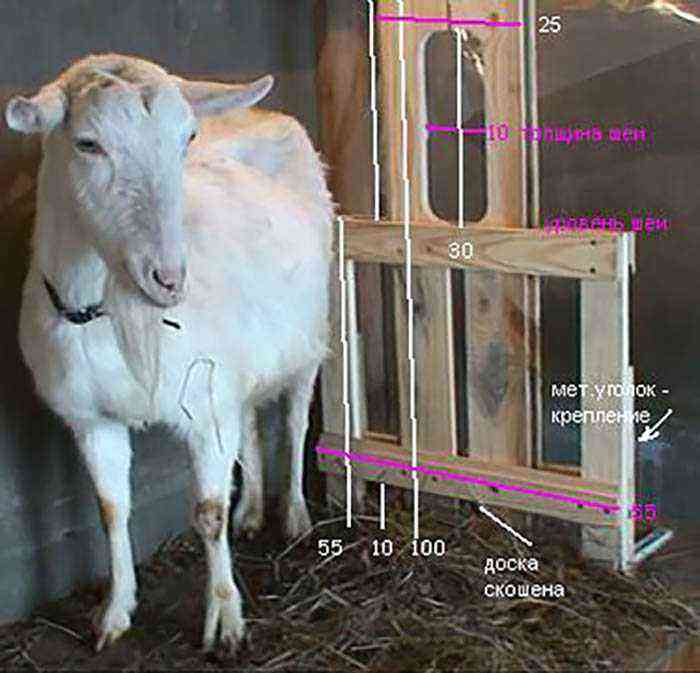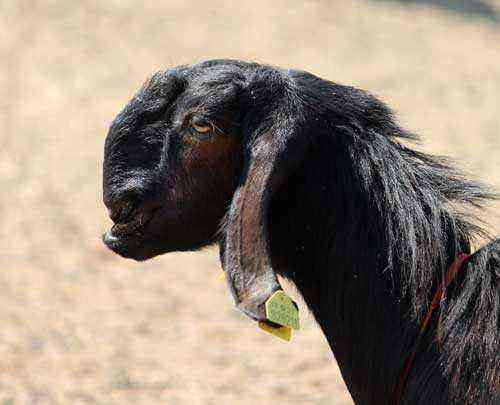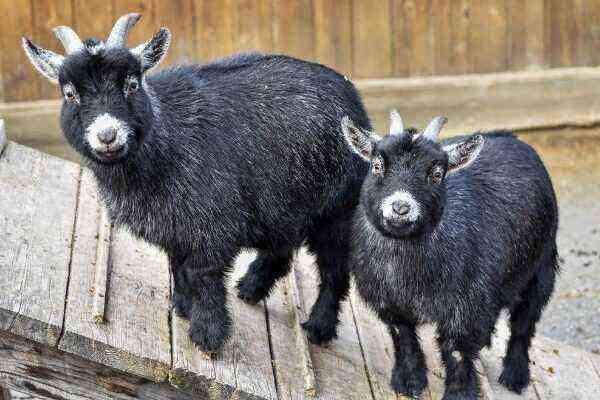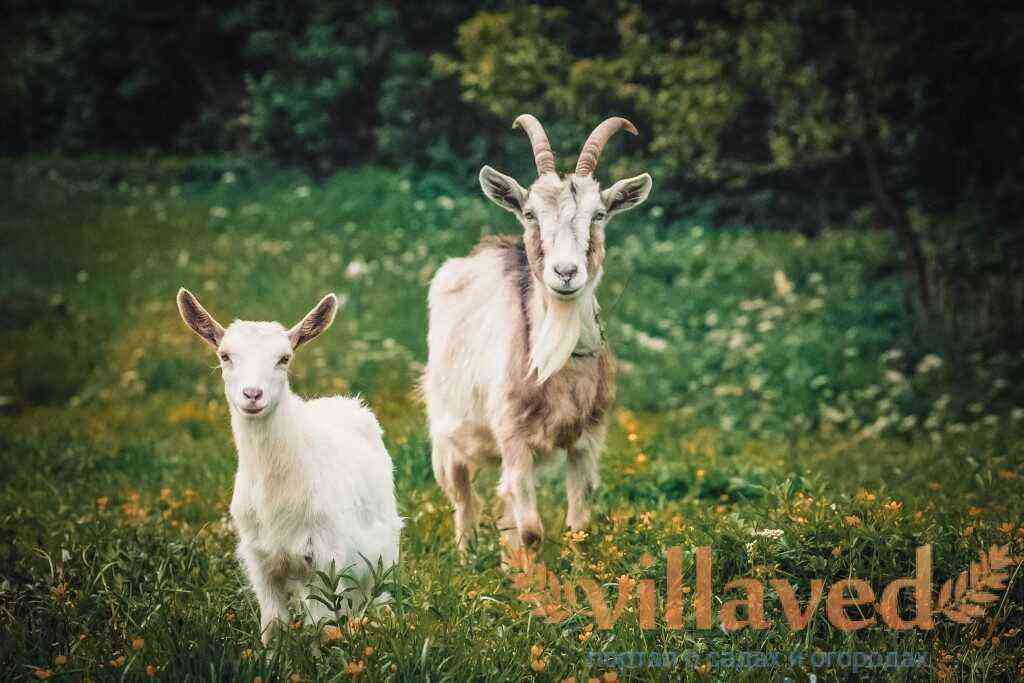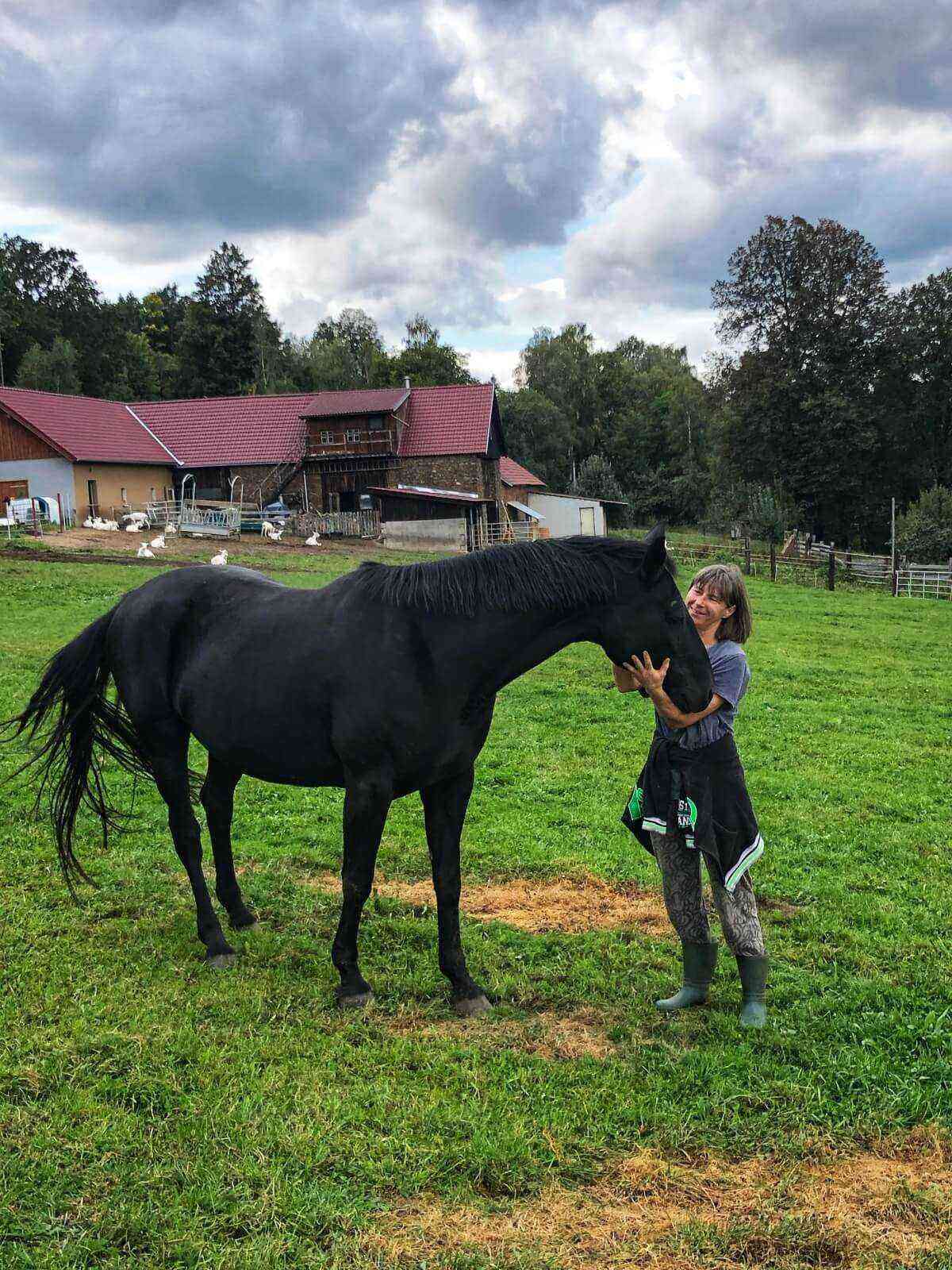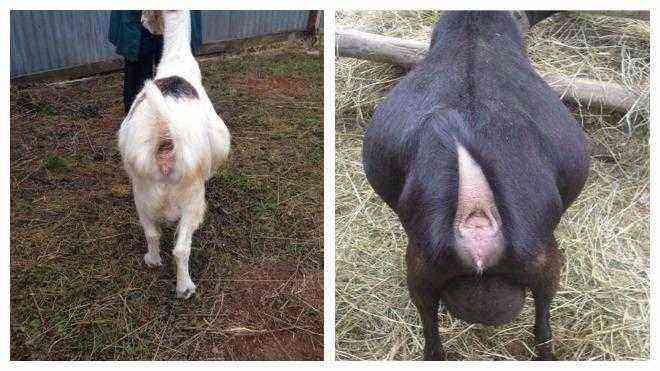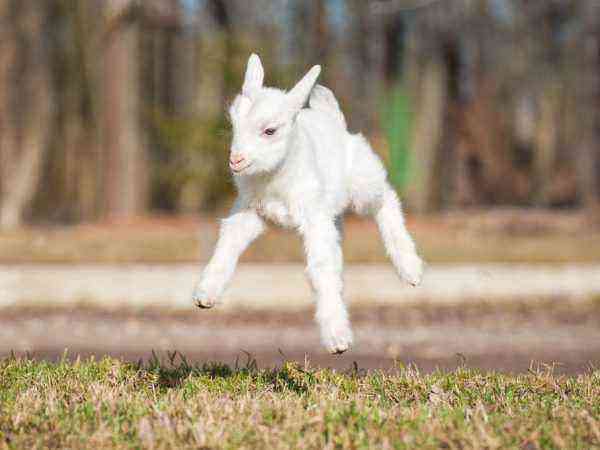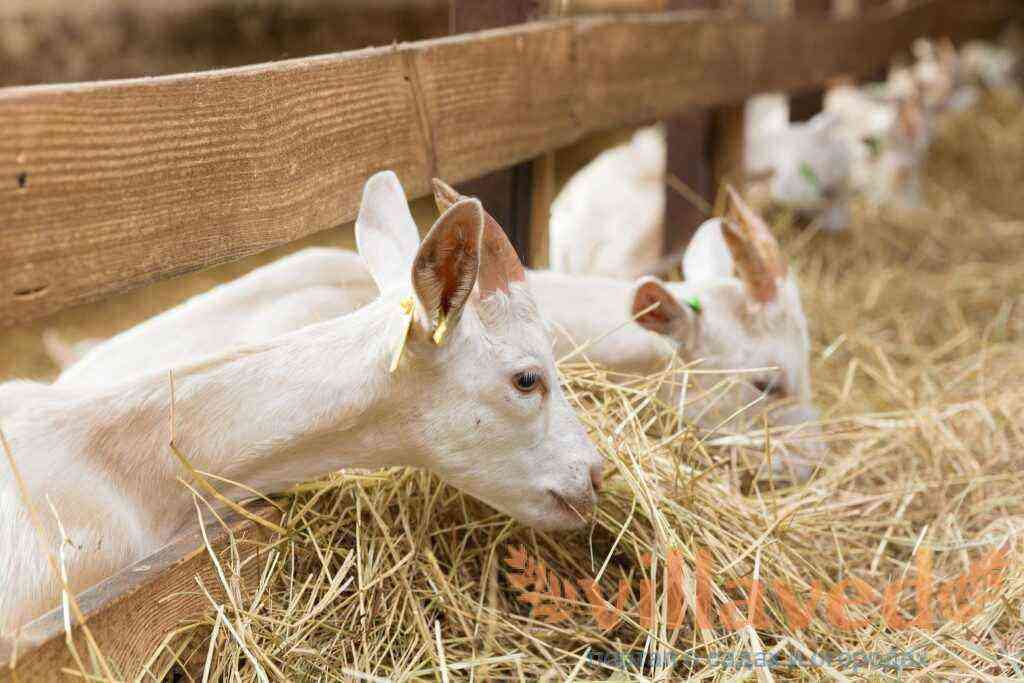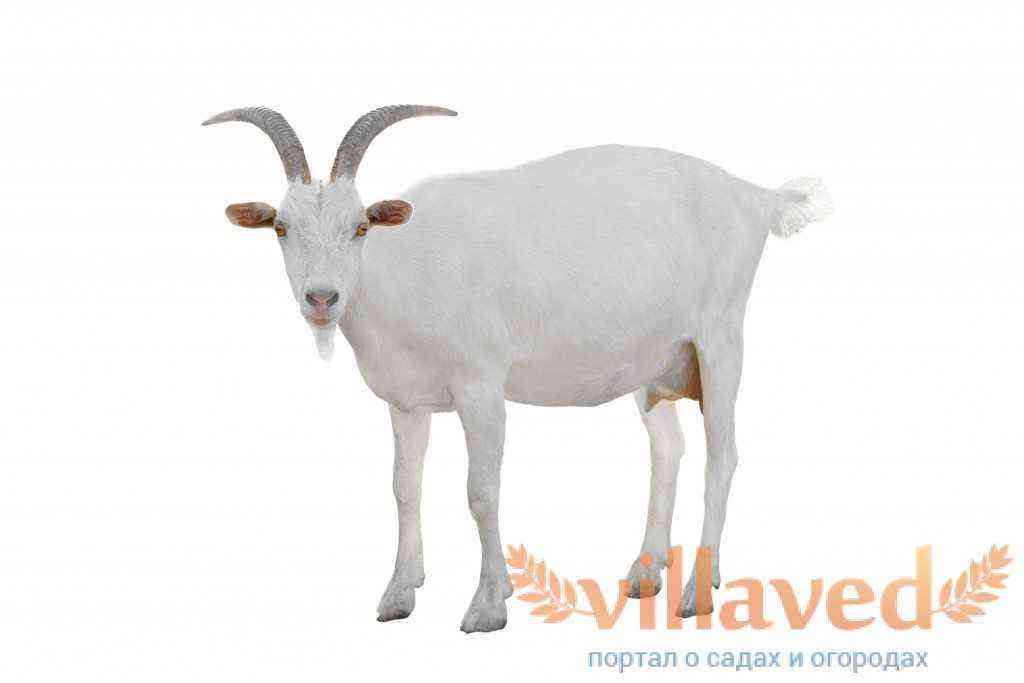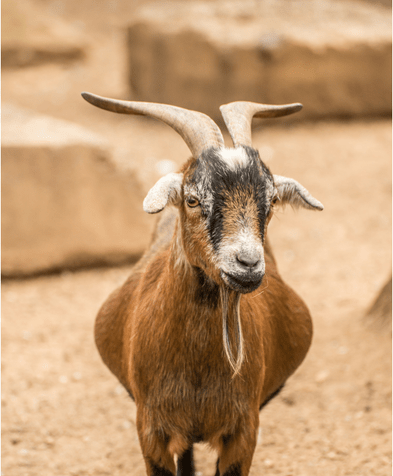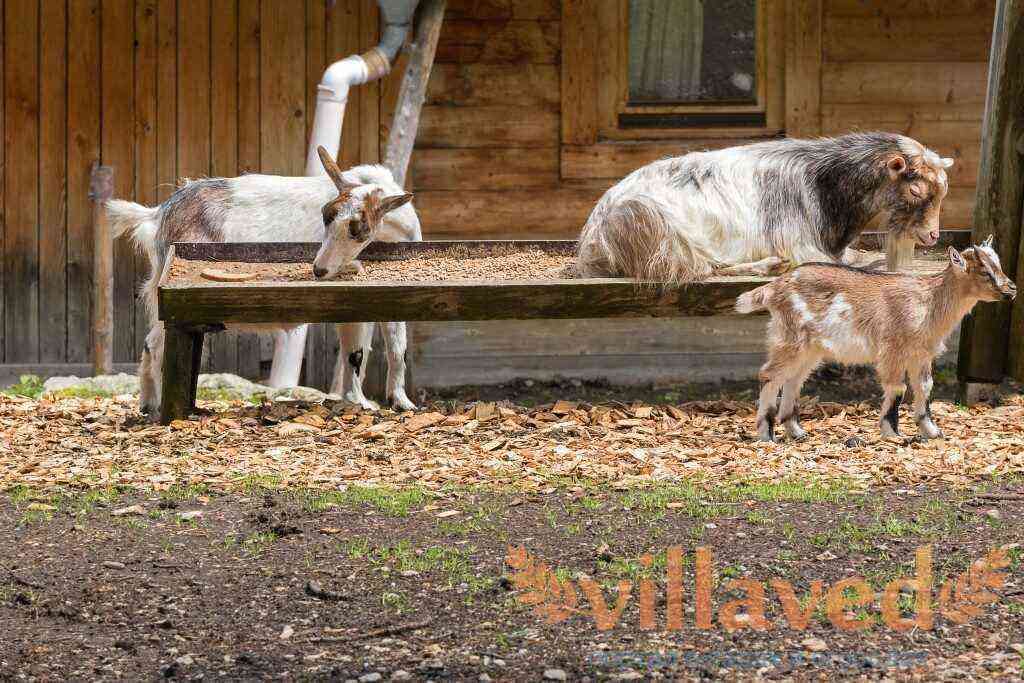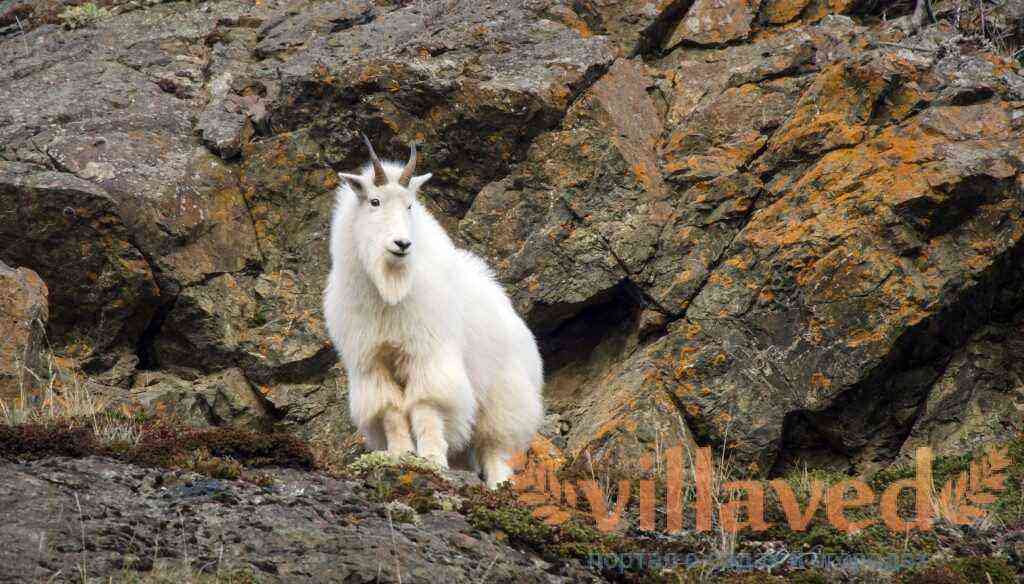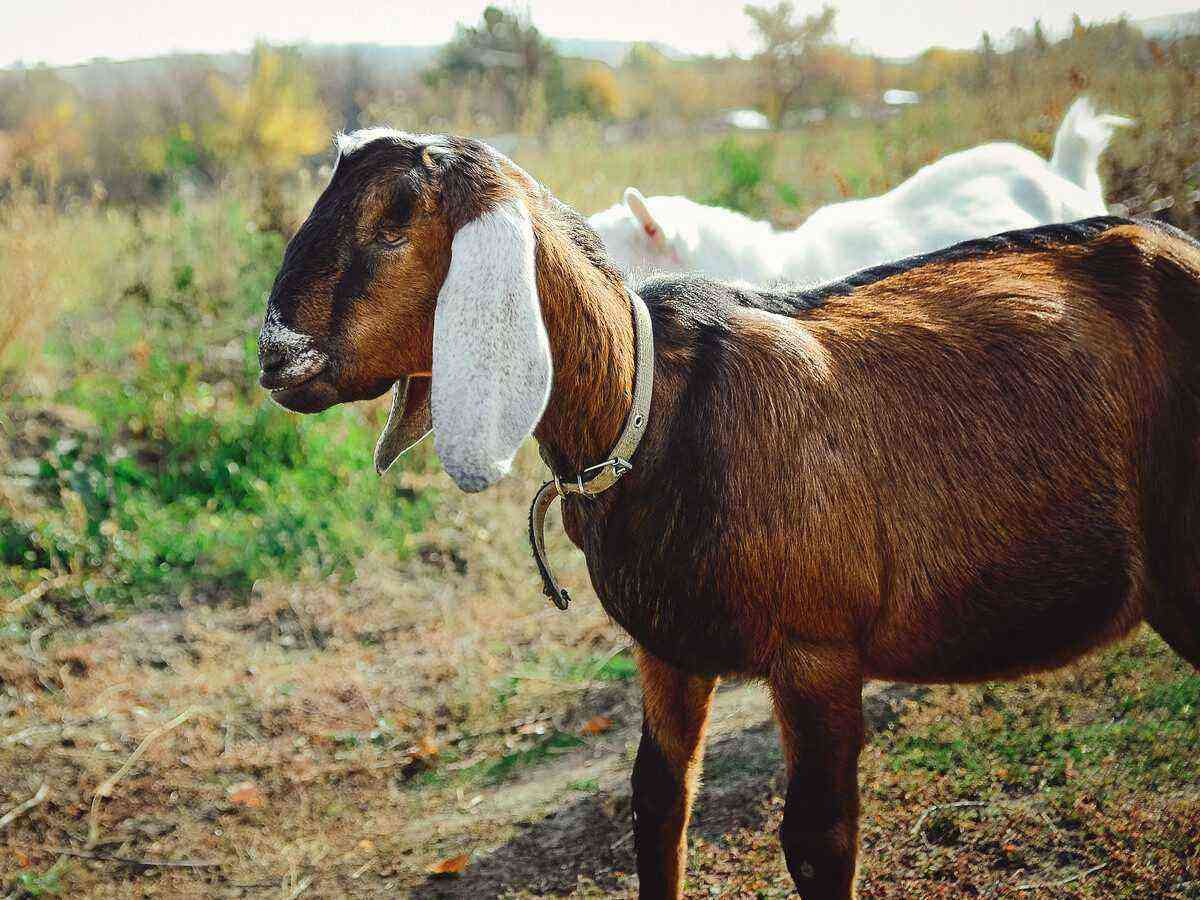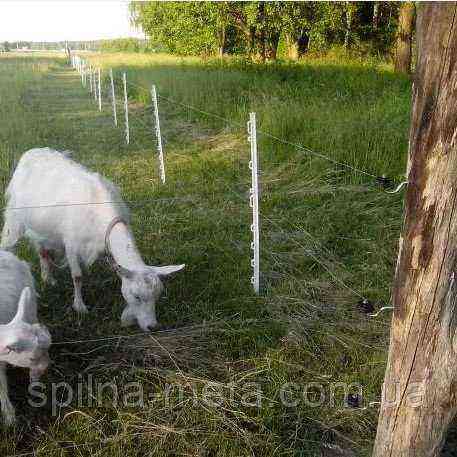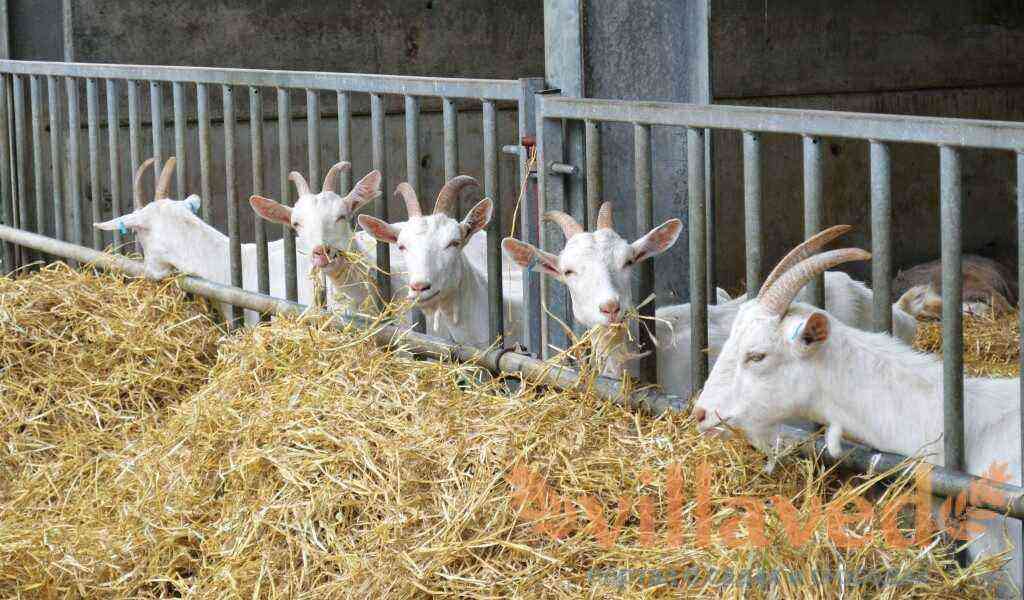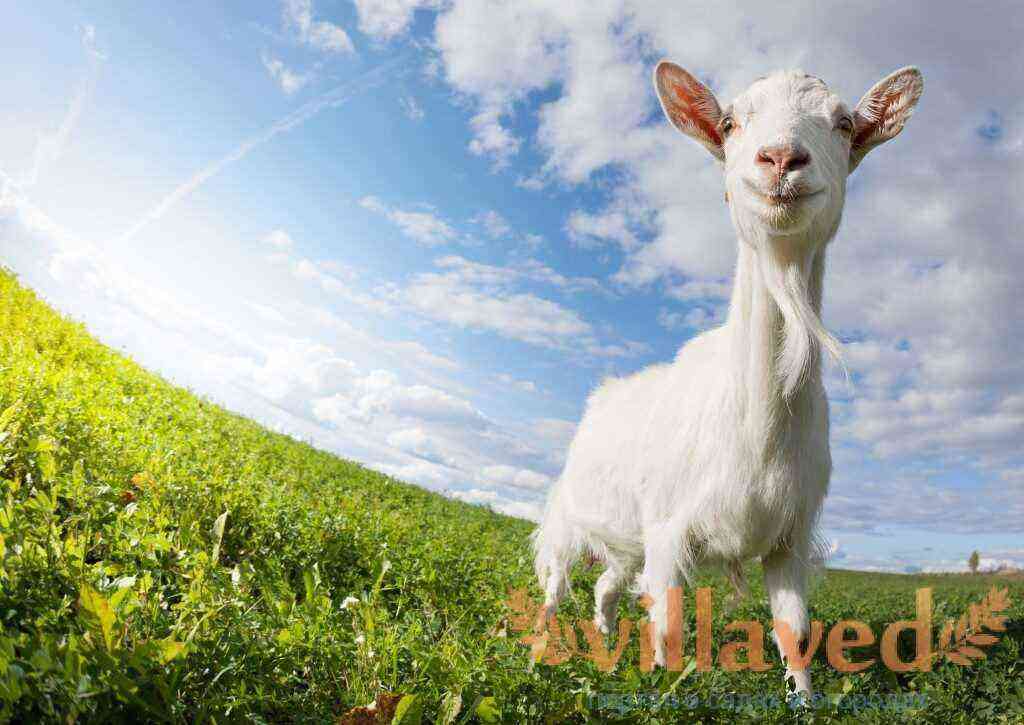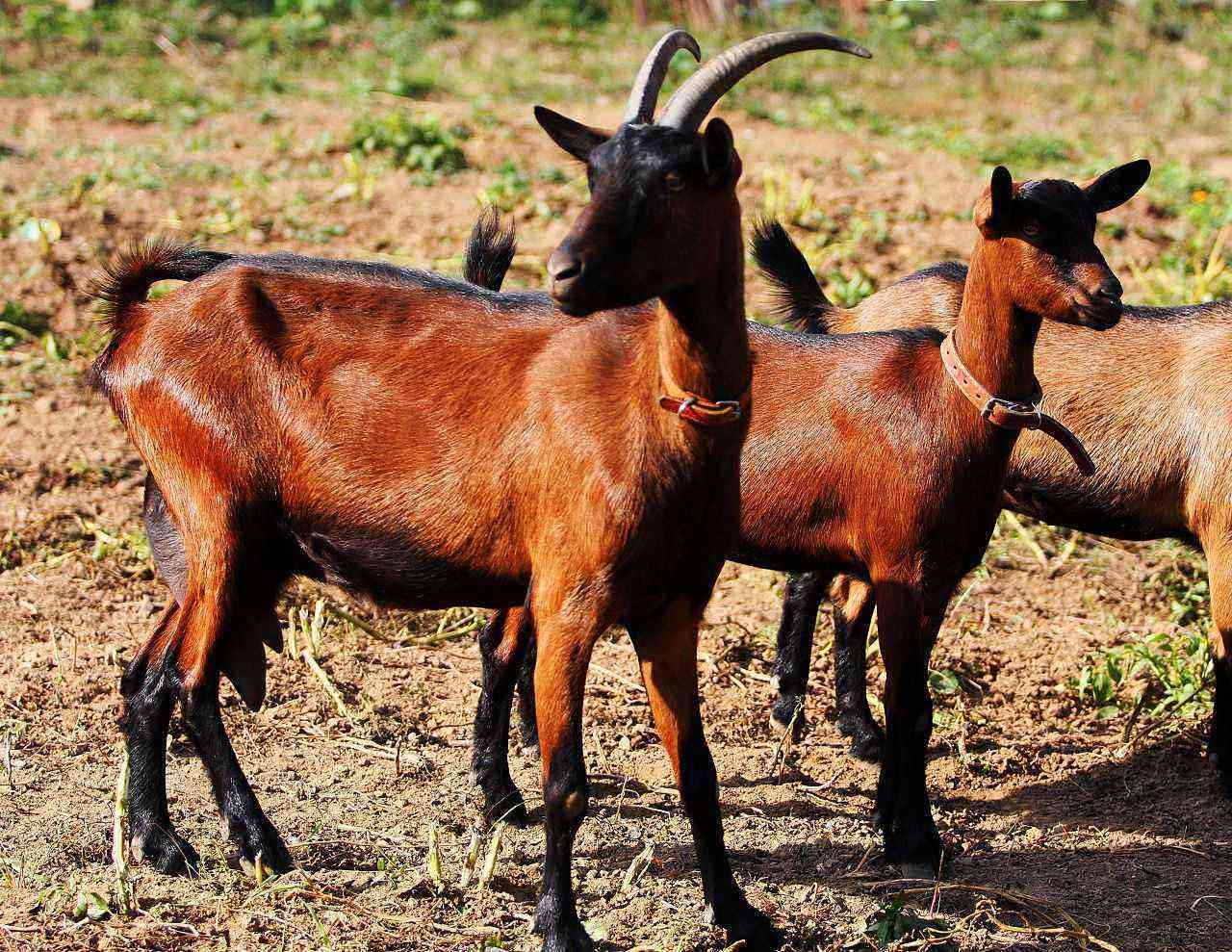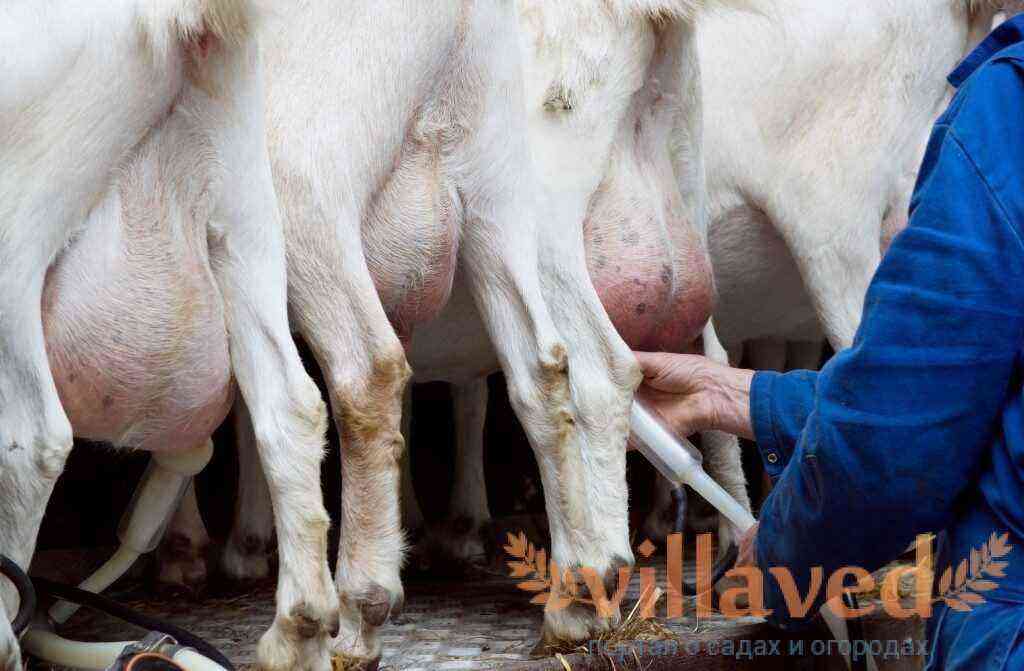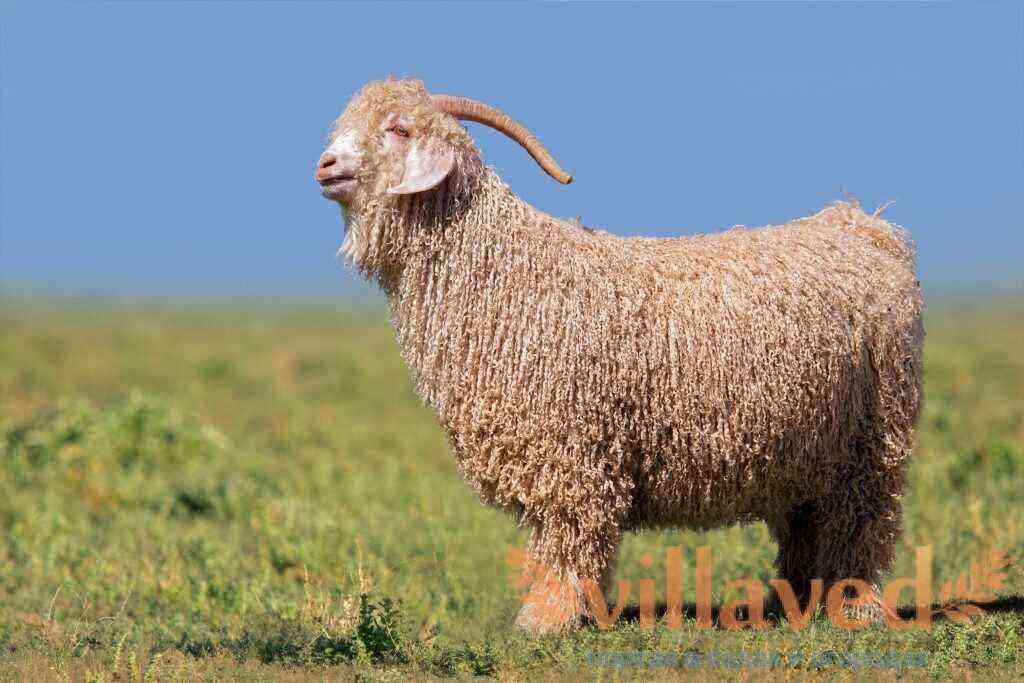Every novice farmer wants to know how many goats live and up to what age it is profitable to keep them. This affects the profitability of cattle breeding. In the wild, life expectancy depends on factors such as the presence of nearby water, food, and even predators, but in the home, longevity rates are different.
goat species life statistics
The life span of goats kept on farmsteads is affected by the owner himself – he decides when to slaughter the animal. Most often, the purpose of raising animals affects the duration – for meat, fluff, milk.
There are universal varieties. This category includes dairy and meat breeds. Their average life expectancy is 12-15 years. Usually they are sent for slaughter at the age of 8–10 years, since productivity by this period is significantly reduced, and the meat becomes tough.
Meat
These are goats with a massive and strong physique, often barrel-shaped. They are distinguished by strong legs and strong bones. Their udders are small in size, since the milk of meat artiodactyls is used exclusively for feeding offspring.
A characteristic feature is a quick set of live weight. Lifespan:
- minimum – 5 years;
- average – 8 years;
- maximum – 12-15 years.
Since this type of goat is raised mainly for the sale of meat, the life is reduced to the slaughter period. Productive age is considered to be from 1,5 to 2 years. The exception is the sire goat. It is left up to 6 years.
During this period, the farmer receives the most juicy, high-quality and healthy meat. If animals are kept for more than 2 years, metabolic disorders occur in their bodies, liver diseases develop, and carcinogens accumulate in the products.
The meat acquires an unpleasant odor, a fibrous solid structure.
Fast fattening requires a rich diet – the better it is, the sooner the goat is sent to slaughter. Young animals are kept until the age of 6–8 months.
Dairy
Dairy-type goats are characterized by an elongated body and an expanded chest. They have little subcutaneous fat. At the same time, the back and legs are perfectly even. The udder is elastic, pear-shaped and always warm. Nipples, unlike meat breeds, are long, fertility is increased.
Due to the value of goat milk, dairy goats on farms live up to 16-17 years, but on condition that normal lactation is maintained. Goats from dairy mothers are kept only up to 5-6 years. In the wild, they live a maximum of 10 years, as there is a lack of nutrients.
Life expectancy indicators for dairy goats:
- medium – from 2 to 8;
- maximum – up to 15.
The most productive age is considered to be the period from 6 to 8 years, when it is possible to produce the maximum amount of milk with excellent indicators of quality and value. A goat is able to be milked up to 15–16 years, but milk yields decrease over time, the animal goes to slaughter.
Downy
Downy goats are raised for fur. Most often, farmers buy the Angora breed – it is famous for its long hair, which has high heat transfer rates.
Lifespan Features:
- average data – 9-12 years;
- the maximum duration is 10–15 years.
The most productive time is considered to be between 1 and 5 years of age. Over the next 7 years, the fur is also used for sale, but in smaller quantities.
Dwarfish
Mini goats are of the exotic type. They weigh 28–30 kg and grow up to 40–50 cm (body length up to 70 cm). Dwarf breeds are meat and dairy.
The peculiarity is that they are rarely milked and slaughtered for meat, since they do not differ in high rates (body weight is small, milk yield is weak). They are bred most often for their own pleasure.
Ornamental goats, under the right conditions, live up to 20–25 years.
Factors affecting longevity
The life span of goats is significantly reduced if they are improperly kept, as they are subject to frequent diseases, exhaustion, insect attack, etc. Unsanitary conditions even contribute to the death of artiodactyls. An important role is played by the diet (the productivity of the animal depends on it).
Climate
In order for a goat to live longer, it must be adapted to certain climatic conditions. There are breeds intended for the South and North of the country. It is permissible to acquire southern breeds for northerners, since these goat representatives easily adapt to cool weather.
Northern breeds will not be able to survive in a warm climate. They absolutely do not tolerate heat.
Why else do you need to consider these features:
- under opposite climatic conditions, productivity is significantly reduced – goats develop slowly, do not gain the weight characteristic of the breed and give little milk;
- the animal experiences stress, which reduces appetite and immunity, which is responsible for the body’s resistance to diseases.
Experienced farmers know that young animals adapt more easily to a new place of residence than adults.
Lifespan Features:
- in the Southern regions, the air temperature in the corral or stall should be from + 20 to + 28 ° C, due to which the goats will live up to 9-10 years;
- in the North, the optimal temperature regime is from + 13 to + 21 ° C, life expectancy in such conditions is 12–15 years.
Conditions of detention
Without observing the rules for breeding artiodactyls, it is impossible to get a long-lived goat. Growing animals, regardless of breed and purpose, provides for the mandatory walking of animals in the pasture. In summer time – during the whole day, in winter – a maximum of 3 hours.
What conditions must be created for a comfortable living of cattle:
- so that animals do not freeze in winter, build a warm shed (made of brick, cinder block, logs, etc.), if necessary, cover with insulation, which is especially important for a cold climate;
- near the walls, be sure to arrange beds with straw;
- the floor should be wooden and always clean (clean more often from food debris, feces and urine);
- ventilate if there is no ventilation system (fumes from stool lead to intoxication);
- comb out goats, especially downy ones, otherwise parasites will start in the wool.
What is strictly prohibited:
- leave animals in the stall for the whole day;
- place them indoors with a concrete floor and without bedding (sawdust, wood shavings, straw);
- intentionally reduce daylight hours by closing them in a dark shed (they should receive at least 10 hours of light per day);
- leave the lights on all night – the goats should have a good rest.
If you follow the conditions of detention, the life of a goat and its productivity increases by 1-3 years.
Nutrition and drinking water requirements
In goats, unlike other representatives of cattle, the digestive system works in an accelerated mode. There are special requirements for the quality and quantity of feed.
If the food is out of order:
- reduced productivity;
- the functionality of the digestive tract worsens;
- teeth fall out prematurely;
- disruption of the endocrine glands.
Collectively, health problems lead to a shortened goat’s life.
Feeding is carried out on the basis of gender, age category, physiological state and size of the animal. Good nutrition should satisfy all needs – nutrients, energy supply, etc.
Rules:
- Little goats. They are soldered with goat milk for 4 months. For the first time, colostrum is given 40-60 minutes after birth, over the next 10 days they drink milk up to 6 times a day (at first, the norm is 80 g, but every day it increases by 20).
Further, 4-time feeding is applied with a dosage of 300 g of milk at a time. From the 1th day, liquid porridge (semolina, oatmeal, mashed potatoes) is introduced into the diet in the amount of 15 g. At 200 days of age, bran and compound feed are given. - Adult individuals. For one individual, about 1 kg of feed is required – hay, root crops, cereal stalks, bran, clover, mixed feed, barley, oats. Be sure to give cabbage leaves, pumpkin, fresh grass.
- Filthy goats. During pregnancy, the need for nutrients increases. In the morning you need to give root crops (minimum 500 g) and grain (about 200 g). For lunch – 2 kg of hay, for dinner – 100 g of grain and cake, hay, juicy grass.
If there is no greenery, use granulated feed, but it is forbidden to give it 15 days before the birth. It is better to feed with bran-based liquid cereals, steamed grains and root crops. - Dairy animals. Immediately after childbirth (within 8 days), they give light and quickly digestible foods (beans, liquid food, root crops, hay, grass). Further, the diet is no different from the usual. Daily feed intake – 3-4 kg.
Goats should always have clean water near them. Dosage per day – 7-15 liters.
It is forbidden to give food with mold or signs of spoilage. This leads to diseases.
Other factors
The main conditions for the longevity of a goat are nutrition and conditions of detention. But there are other factors as well:
- the hygienic condition of the animals – they need to be washed (once a week with a soda solution) and combed out so that fleas, ticks and other insects do not start (it is important to vaccinate in a timely manner, and if parasites are found, treat);
- free space – tightness should not be allowed, because without constant movement, goats become lethargic and painful (optimally 1 sq. m per head);
- sanitary condition of the goat’s rue – 2-4 times a year, disinfection of the premises, drinking bowls, feeders and other equipment is required (thus, all pathogenic microorganisms that contribute to the development of life-threatening diseases of the goat are destroyed);
- diseases – regardless of the etiology of origin (infectious, non-infectious) lead to disruptions in the work of all internal organs, which reduces productivity and increases the risk of death.
Are there breeding difficulties?
The main problems affecting the lifespan of artiodactyl animals are associated with the health of goats. But sometimes there are other difficulties:
- shearing animals – they do not like the procedure, but it is mandatory in the spring, especially in the Southern regions (overheating of the body in the pasture contributes to the development of heat illnesses, up to death);
- maintaining the mating period – reproductive age occurs at 8 months, but they need to be mated no earlier than 11-12 months, otherwise the offspring will be weak, and the goat may not be born and die.
How to prolong the life of a goat?
In addition to the above rules of care and nutrition, there are additional nuances that affect the lifespan of the animal. Follow these steps:
- after lambing, do not greatly increase the diet – this contributes to blockage of the stomach and subsequent death;
- do not cross relatives;
- massage the udder (dairy goats sometimes have mastitis);
- make sure that there are no drafts in the dwelling of animals, do not walk during rain and severe frost;
- avoid too early pregnancies;
- keep adult goats separate from young goats (among the male animals there is rivalry, leading to fights with damage to health).
How to determine the age of a goat?
The condition of the teeth is the main criterion for determining age. Teeth appear one by one, milk teeth are erased and replaced by permanent ones.
How to determine the age of the teeth:
- newborns – teeth are absent, incisors appear on the 3-4th day;
- the fifth day of life – there are central hooks;
- second week – middle incisors;
- the beginning of the fourth week – edges appear;
- 3 months – premolars grow (first on the lower, then on the upper jaw);
- 15 months – hooks fall out, permanent incisors appear;
- 17 months – all grown milk teeth are replaced;
- 2–2,5 years – only indigenous ones are present.
Abrasion rating:
- 4 years – incisors and edges of the same length;
- 5 years – the labial surface is heavily worn;
- 6 years – surfaces become quadrangular;
- 7 years – incisors acquire a rounded shape;
- 8 years – all teeth become sharp.
If the diet does not contain enough calcium, protein, phosphorus and many vitamins, the teeth wear out quickly, become loose and fall out prematurely. Abrasion contributes to a lot of solid food.
There are other ways to determine the age of a goat, but not all of them are effective and truthful:
Method of determination The level of truthfulness of the method How to determine? The horns are a dubious criterion. It is permissible to determine the age by shade – up to 6 years they are practically white (if the breed does not provide for a different shade) and thin.
Often sellers indicate the number of rings on the horns and correlate them with the years of life. There is no truth here. The number of rings on the horns is the same in all age categories.
According to the beard, it determines inaccurately. Conventionally, the method divides the age into 2 halves – youth and old age, since the kids have hanging “earrings” along the marginal part of the lower jaw, and in goats / goats – under the entire jaw, while the length is much longer. In terms of wool, accuracy is average. In young individuals, it is thinner and softer than in adults. It is generally accepted that the latter should have shreds, lumps. In fact, the criterion depends on the grooming of the goat – if the owner constantly bathes and combs it, the fur will be soft at any age. For hooves, reliability is above average. In winter, the hooves are covered with hard horny formations. In young individuals they are dense, in old ones they are trampled and loose. In terms of milk yield, the truthfulness of the average Yield depends on the diet and maintenance, the number of births, etc. But in general, it is believed that after an 8-year milestone they decrease. The udder factor is indirect. In adult females, the mammary gland is larger and stretched. This is partly true. In fact, this is how the udder of a goat that gave birth many times with high milk yields looks like this.
Farmers are advised to determine the age category only by the condition of the teeth.
Knowing in advance how many goats live for a certain purpose, it is possible to calculate the profitability of acquiring and further breeding small cattle. Be sure to take into account the conditions of detention, principles of nutrition, climate, morbidity, which directly affects the life expectancy of animals.

